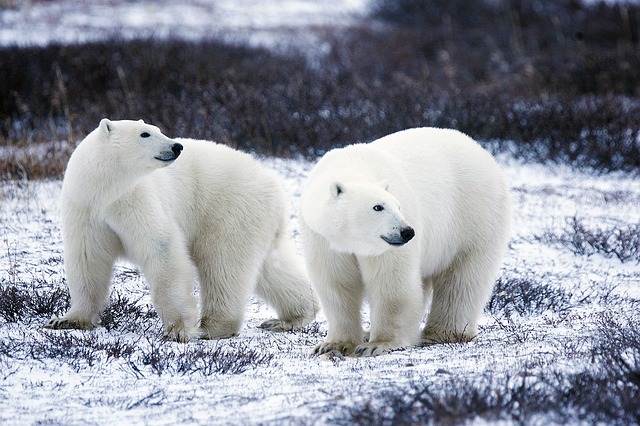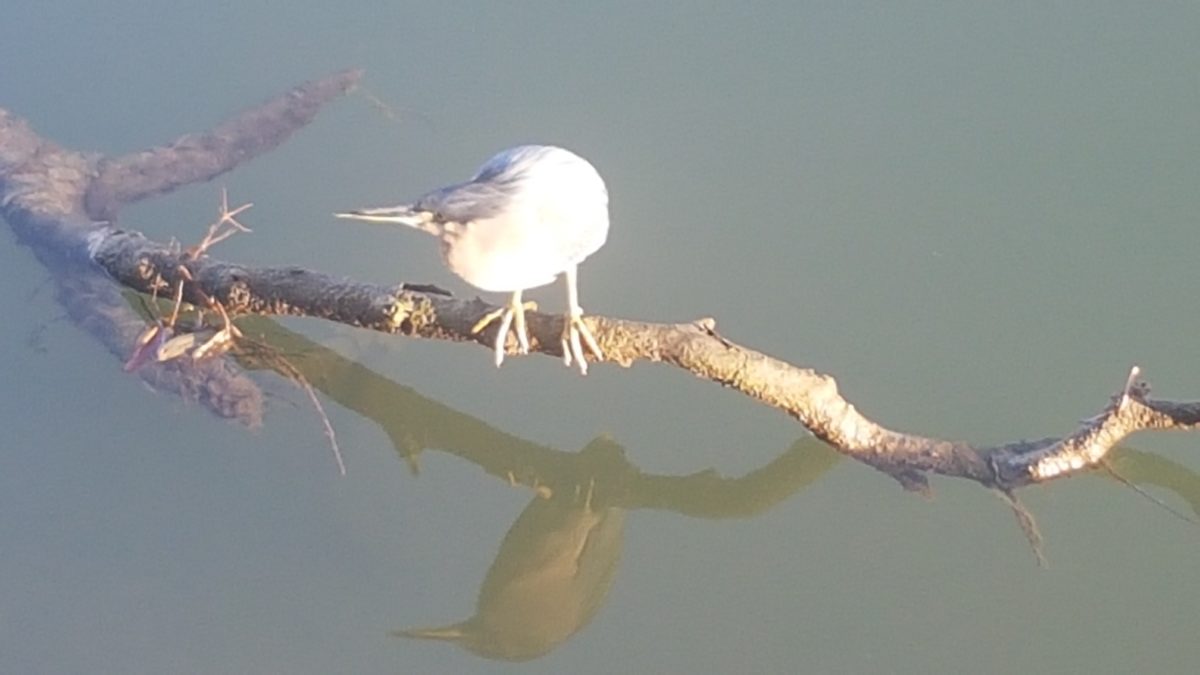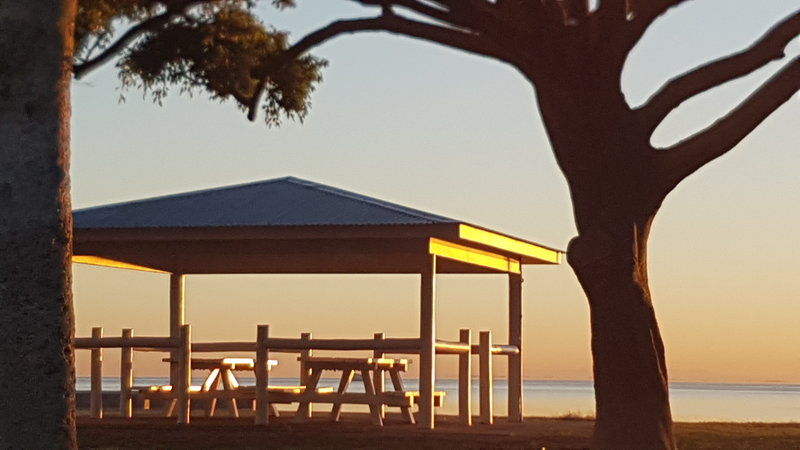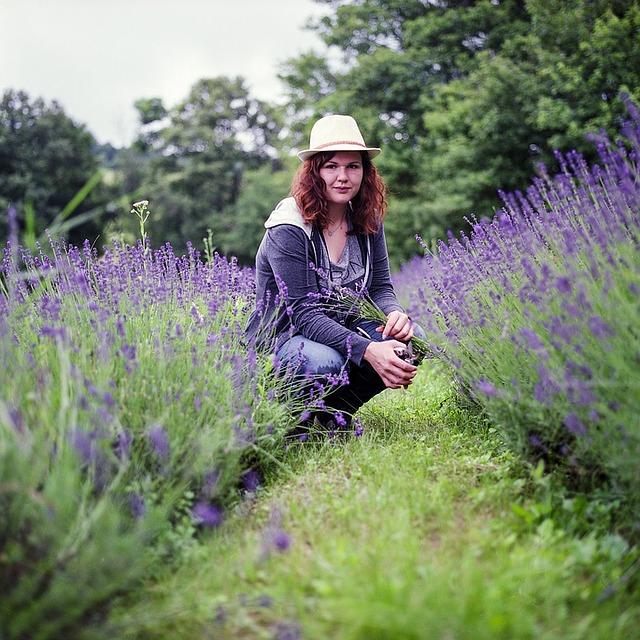Richard Wolf explores the parallels between playing a musical instrument and meditation in his book, In Tune: Music as the Bridge to Mindfulness. I have previously discussed his exploration of the parallels between music and meditation in relation to the role of practice and achieving inner harmony. Richard maintains that a key parallel is the attainment of deep listening through music and meditation.
Deep listening through music
In Richard’s view, playing a musical instrument develops deep listening – musicians can discern many sonic elements such as tone, rhythm and harmonics. He identifies 13 major sonic elements that accomplished musicians recognise and explains that these, in turn, have sub-elements. Deep listening enables the musician to open themselves to the full spectrum of hearing music so that they can not only hear the music but feel it, in its never-ending range of emotional content – from sadness and grief to elation and jubilation. Richard suggests that through practice and playing a musical instrument, you can “feel the music with your body and soul”. Music, too, in his view enables the musician to “filter out” distorting elements within the musician themselves – their blind-spots, assumptions, biases and prejudices – so that their listening is not contaminated by their cognitive limitations. They can move beyond their own narrowness into the breadth and depth of musical expression.
Deep listening through meditation
Sound is often used as one of the anchors for people who meditate to develop mindfulness. Richard suggests that we can learn to listen to our breath in the same way that a musician listens to music, thus cultivating deep listening. He argues that our breath is the “sound of your life” and that through the practice of listening to our breath we can begin to discern the different sonic components of our breath. He offers several approaches to develop deep listening including the following:
- Tuning into the sound of your breathing – accentuate the sound of your inhalation and exhalation and tune into these sounds and learn to discern their subtle differences.
- Resting in the silence between breaths – focus on the silence that occurs after exhalation and before inhalation, resting in the peace and tranquillity that lies within.
- Tuning into your environment – tune into the sounds in your environment, e.g. the “room tone” as well as the external environment and all the sounds from sources such as traffic, machinery, birds and other animals. This exercise makes you realise how little you consciously listen to what is going on around you.
Richard also suggests that you can develop “dual awareness” by not only focusing on the sounds of your breath but simultaneously noticing the movement of your body – the rise and fall of your abdomen and chest or the flow of air through your nostrils. This attunement of breath and body develops “multidimensional awareness” and facilitates the transition from goal-oriented awareness to natural awareness.
Deep listening through music and meditation
Richard explains that both music and meditation require sustained concentration and the capacity to “quiet the inner voice”. In this way, music and meditation assists us to develop mindfulness and to access the benefits of mindfulness such as those identified by MAPPG in the Mindful Nation UK Report. He particularly emphasised that music and meditation take us beyond self-absorption to empathy and compassion.
Reflection
Music and meditation help us to grow in mindfulness, develop concentration and facilitate deep listening. We can become increasingly aware of the different sounds in our external environment and learn to discern the sonic elements in our own breathing. Deep listening cultivates multidimensional awareness and a richer life experience through conscious tuning into sounds and achieving attunement between our breath and our body. The quality of our listening can enhance our relationships, make workplaces more productive and lead to the wide-ranging benefits that mindfulness delivers.
____________________________________________
By Ron Passfield – Copyright (Creative Commons license, Attribution–Non Commercial–No Derivatives)
Disclosure: If you purchase a product through this site, I may earn a commission which will help to pay for the site, the associated Meetup group and the resources to support the blog.




